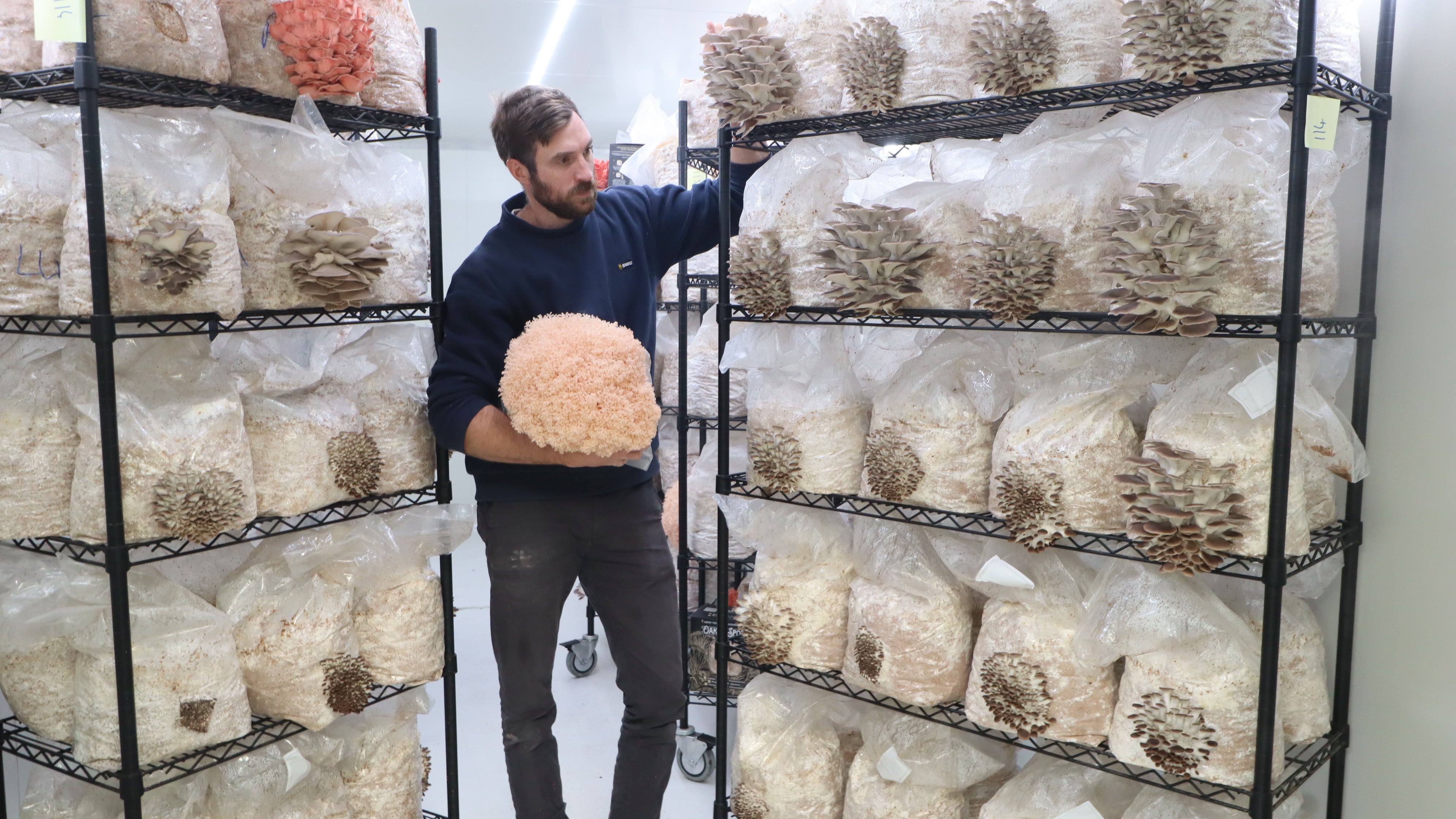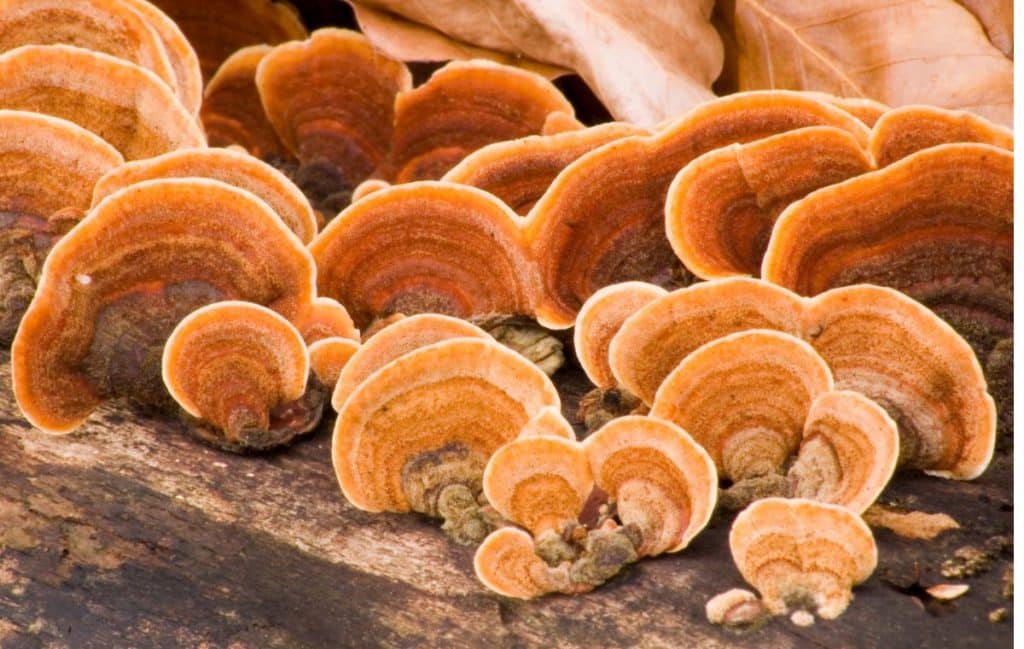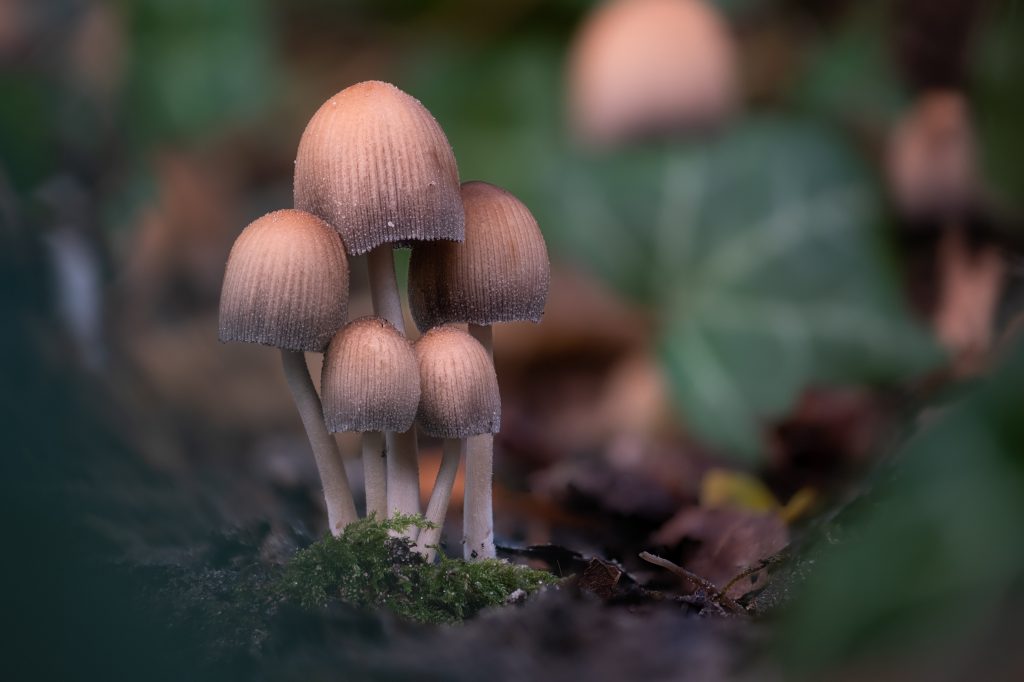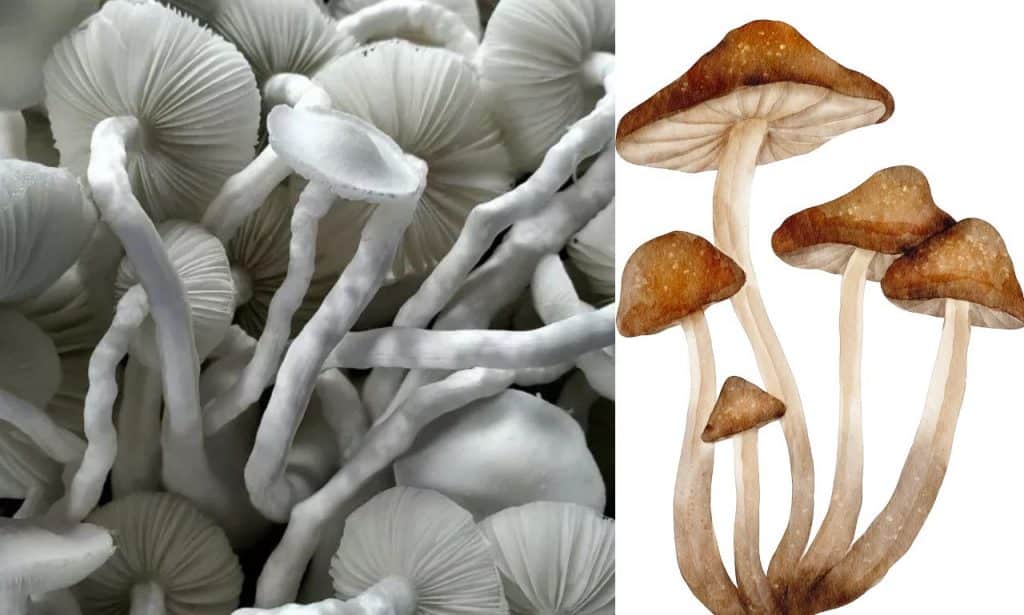An autoclave is the fastest, safest, and most efficient way to sterilize mushroom substrate or grain spawn, making it an essential tool for mycology lab equipment. We’ll explore how an autoclave works and help you determine its relevance to your cultivation process.
Why Is Sterilizing Mushroom Substrate Important?
When it comes to growing mushrooms, sterilizing the substrate is crucial for ensuring a contamination-free environment. This step is essential as it promotes healthy growth of mushrooms and maximizes the yield. By sterilizing the mushroom substrate, you eliminate any potential sources of contamination, such as bacteria, mold, or fungi, which can hinder the growth of the mushrooms. Using an autoclave is an effective method for sterilizing the substrate. The autoclave works by subjecting the substrate to high pressure and steam, killing any microorganisms present. This method is preferred as it ensures thorough sterilization, reaching all parts of the substrate. Autoclaves can be purchased from various suppliers, such as LabandFurnace.com, Myco Labs, Midwest Grow Kits, and USA Lab. Investing in an autoclave is a wise decision for mushroom growers, as it allows for consistent and reliable sterilization of the substrate.
Different Methods Of Sterilizing Mushroom Substrate
Autoclave sterilization is one of the most common methods used for sterilizing mushroom substrate. An autoclave machine uses steam and high pressure to kill any contaminants present in the substrate. It is a reliable and efficient method that ensures the sterilization of the substrate.
Pressure cooker sterilization is another method used for sterilizing mushroom substrate. While it may not be as effective as autoclave sterilization, it is still a viable option for small-scale mushroom cultivators. Pressure cookers use steam and pressure to kill contaminants, but it may not be suitable for large batches of substrate.
Chemical sterilization is an alternative method used for sterilizing mushroom substrate. It involves the use of chemicals such as hydrogen peroxide or bleach to kill contaminants. However, chemical sterilization may not be as effective or sustainable as autoclave or pressure cooker sterilization.
Overall, the choice of sterilization method depends on the scale of mushroom cultivation, accessibility to equipment, and the desired level of sterilization. Autoclave sterilization is highly recommended for ensuring the best possible results in mushroom cultivation.
Autoclave Sterilization: The Best Method For Mushroom Cultivation
An autoclave is the best method for sterilizing equipment and materials used in mushroom cultivation. It is a device that uses steam and high pressure to kill any microorganisms, including bacteria, viruses, and fungi. The autoclave works by creating a sealed chamber where steam is introduced, raising the temperature to a level that is lethal to these microorganisms. The high pressure ensures that the steam penetrates all surfaces of the items being sterilized, guaranteeing thorough sterilization.
The advantages of autoclave sterilization are numerous. Firstly, it is highly effective in killing a wide range of microorganisms, making it a reliable method for ensuring the cleanliness and purity of materials used in mushroom cultivation. Secondly, it is a time-efficient process, with most sterilizations being completed within a few hours. Additionally, autoclave sterilization is cost-effective in the long run, as it eliminates the need for other, less efficient sterilization methods that may require more time and resources.
Overall, autoclave sterilization is an essential step in the mushroom cultivation process, ensuring the success and quality of the final product.

Credit: www.oakandspore.co.nz
Choosing The Right Autoclave
| Choosing the Right Autoclave |
| Factors to consider: |
|
When it comes to choosing the right autoclave for mushroom cultivation, there are several factors to consider. One important consideration is the size and capacity of the autoclave. The autoclave should be large enough to accommodate the amount of substrate you will be sterilizing. It is also important to consider the features of the autoclave. Look for features such as a digital time/temperature controller, which can help ensure accurate sterilization. Additionally, consider popular autoclave brands for mushroom cultivation, such as Myco Labs and Midwest Grow Kits. These brands are known for their reliable and efficient autoclaves. By carefully considering these factors, you can choose the right autoclave for your mushroom cultivation needs.
Preparing Mushroom Substrate For Autoclave Sterilization
Selecting the right substrate: When preparing mushroom substrate for autoclave sterilization, it is important to choose the right substrate. The substrate serves as the growing medium for the mushrooms and can be made from a variety of materials such as sawdust, straw, or coffee grounds. Consider factors such as the type of mushroom you are growing and its specific substrate requirements. It is also important to ensure that the substrate is free from contaminants and properly prepared.
Preparing the substrate mixture: Once you have selected the substrate, it is time to prepare the mixture. This involves combining the substrate with other ingredients such as water, gypsum, and nutritional supplements. The mixture should be thoroughly mixed to ensure even distribution of nutrients and moisture.
Packaging the substrate for sterilization: After preparing the substrate mixture, it needs to be properly packaged for sterilization. This can be done by placing the substrate in autoclave bags or containers. It is important to ensure that the packaging is sealed tightly to prevent contamination during the sterilization process.
Autoclave sterilization is a crucial step in mushroom cultivation as it helps eliminate any harmful bacteria and fungi that could hinder the growth of the mushrooms. By following the right steps and using the correct substrate, you can ensure the success of your mushroom growing endeavor.
Autoclave Sterilization Process Step-By-Step
Autoclave Sterilization Process Step-by-Step
Autoclave sterilization is a crucial step in mushroom cultivation to ensure the growth of healthy and contamination-free mushrooms. Here’s a step-by-step guide on the autoclave sterilization process:
- Loading the autoclave: Carefully place the substrate, such as grain spawn or mushroom compost, into sterilizable bags or containers. Make sure to leave enough space for the steam to circulate.
- Setting the correct temperature and pressure: Check the recommended settings for your specific substrate type and adjust the autoclave accordingly. The optimal temperature for most substrates ranges between 121-132°C (250-270°F), and the pressure should be set at around 15 psi.
- Sterilization duration for different types of substrate: The sterilization time varies depending on the substrate. For example, grain spawn typically requires 90-120 minutes, while mushroom compost may need 120-180 minutes.
- Cooling down and depressurizing the autoclave: Allow the autoclave to cool down naturally after the sterilization process. Once the pressure gauge reaches 0 psi, it is safe to open the autoclave and remove the sterilized substrate.
Remember to always follow proper safety precautions when operating an autoclave and refer to the manufacturer’s instructions for specific guidance. Autoclave sterilization is essential to create the ideal conditions for successful mushroom cultivation.
Importance Of Proper Sterilization Techniques
Proper sterilization techniques are of utmost importance when it comes to autoclave mushroom cultivation. Preventing contamination is a key factor in ensuring successful mushroom growth. By utilizing an autoclave, growers can maximize the yield and quality of their mushrooms. The autoclave machine, usually a vertical pressure cooker or steel drum, uses steam sterilization to kill any bacteria, viruses, or fungi that may be present in the mushroom substrate or grain spawn. The high temperature and pressure generated by the autoclave ensure that all contaminants are destroyed, providing a clean and sterile environment for mushroom cultivation. By investing in an autoclave and following proper sterilization protocols, growers can significantly reduce the risk of contamination and increase their chances of a successful harvest.
Tips For Successful Autoclave Sterilization
Case Studies: Autoclave Sterilization In Action
Autoclave sterilization is a key component of successful mushroom cultivation, delivering numerous benefits and positive outcomes. By subjecting mushroom substrates to high temperatures and pressure, autoclaves effectively eliminate contaminants, ensuring a sterile growing environment. This process prevents the growth of unwanted organisms, allowing for the optimal development of healthy mushroom mycelium. Autoclaves are widely used in the mushroom industry for sterilizing grain spawn, substrate materials, and even packaging materials to maintain the integrity of the final product. Several real-life case studies have demonstrated the effectiveness of autoclave sterilization. Videos and tutorials are available online showcasing the entire process, from loading the autoclave to unloading and packaging the sterilized spawn. Organizations and suppliers also offer autoclaves specifically designed for mushroom cultivation, complete with digital time/temperature controllers. Overall, autoclave sterilization is a crucial technique for ensuring successful mushroom cultivation by creating a clean and controlled growing environment.
Frequently Asked Questions For Autoclave Mushroom
What Is A Mushroom Autoclave?
A mushroom autoclave is the quickest, safest, and most effective method for sterilizing mushroom substrate or grain spawn in mycology labs. It utilizes specialized cycles and a vacuum system to evacuate air from the chamber.
Why Autoclave Is Used In Mushroom Cultivation?
The autoclave is used in mushroom cultivation to quickly and safely sterilize mushroom substrate or grain spawn, ensuring a clean and healthy growing environment.
Can Fungi Survive Autoclave?
Fungi cannot survive an autoclave, which is the fastest and most effective way to sterilize mushroom substrate.
Does Autoclave Remove Spores?
An autoclave is capable of removing spores and is the fastest and safest method for sterilizing mushroom substrate.
Conclusion
E sterilization, ensuring that the substrate or grain spawn is fully sterilized and free from contaminants. This is crucial in mushroom cultivation as any contamination can hinder growth and result in poor yields. Using an autoclave for mushroom cultivation offers several benefits.
Firstly, it saves time by providing fast and efficient sterilization. Secondly, it guarantees safety by eliminating harmful bacteria, viruses, and fungi. Thirdly, it increases productivity by promoting healthy and robust mushroom growth. Whether you are a professional mushroom grower or a hobbyist, investing in an autoclave is a wise decision.
It ensures the success of your mushroom cultivation endeavors and allows you to achieve optimal results. The autoclave is a valuable tool for mushroom growers. Its ability to provide quick and reliable sterilization is essential for a successful cultivation process.
By investing in an autoclave, you can ensure the quality and productivity of your mushroom crops, leading to a satisfying and rewarding experience. So, if you haven’t already, consider incorporating an autoclave into your mushroom growing setup and enjoy the benefits it offers.






